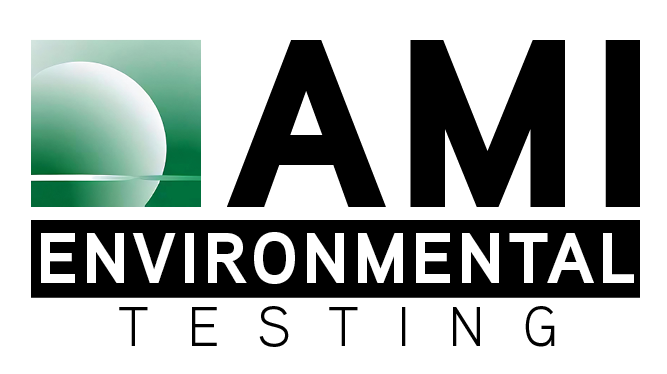Occupational hearing loss is defined as a hearing impairment of one or both ears, either partial or complete, that result from a person’s employment. Even though many states do not have compensation laws for hearing loss at the workplace, compensation is commonly being awarded to people who suffered hearing loss due to time spent at the workplace. To help prevent lawsuits many organizations have enacted a Hearing Conservation Program.
What is a Hearing Conservation Program?
Occupational noise is monitored by OSHA and a great way to keep them from visiting your business is to install a Hearing Conservation Program (HCP). All employees who are exposed to 85 dBA for more than eight consecutive hours must be included into a HCP plan. An effective HCP prevents hearing loss due to the amount of noise they are exposed to at the work place. Every good HCP is made up of five core parts: exposure monitoring, audiometric testing, hearing protection, employee training and record keeping.
The 5 Core Parts of a Hearing Conservation Program.
Employers must monitor employee’s noise-exposure levels with a method that can accurately identify employees who are going to be exposed to 85 dBA for 8 hours or more. This can be done through audiometric testing, and taking the time to record the hearing ability of their employees over time and educate them about the importance of hearing protection. This is conducted with the use of audiograms to test hearing and creating a baseline for the employee is important based on tracking hearing acuity. Once the baseline has been created an annual checkup needs to be given to complete the audiogram evaluation. Mapping the hearing ability of an employee can be the best way to keep an employee safe as well as keep the company out of a lawsuit. The final and most important part is training. Only when workers understand proper procedures and the importance will the HCP work.
Why is Mapping Hearing Important?
Mapping and medical surveillance is crucial in a hearing-testing program. This needs to be done to fulfill its purpose of detecting hearing loss and providing valid records for compensation claims. This helps with noise-susceptible workers who are going to be more likely to lose hearing abilities than their colleagues. These workers will be the group that compensation claims will come from and for whom the risk of hearing damage will be the greatest. During the pre-placement examination period, the employee should provide a history of his previous occupations and the illnesses and injuries suffered from the jobsite this would include noise related injuries
How can AMI Environmental protect employees and the reputation of business?
At AMI Environmental, Doug Marshall and his team’s main goal is to assist businesses and create a safe working environment, adhering to government regulations. With decades worth of experience as a certified Industry Hygienist our goal to help our clients not only protect their workers and manage risk. Allowing you to then enjoy the peace of mind knowing their employees will be protect as possible from harm. Doug and his team will work to establish and maintain a safe work environment, including surveying your facility for risks; provide testing within your facility; maintain testing protocol; and assist in the recording process. If you have any questions or concerns, please contact Doug Marshall at [email protected].



